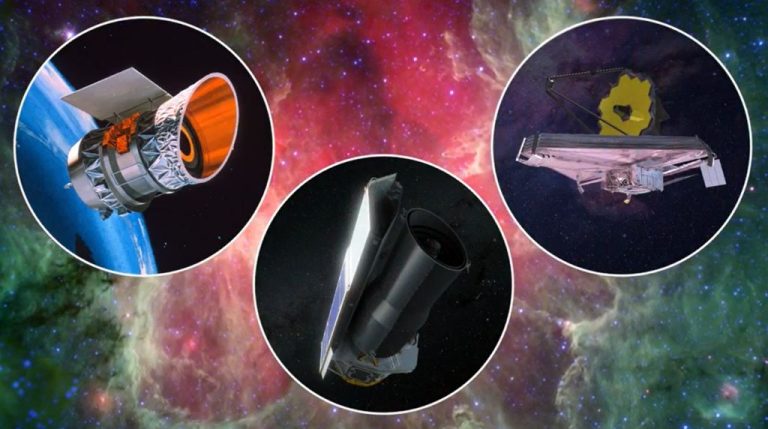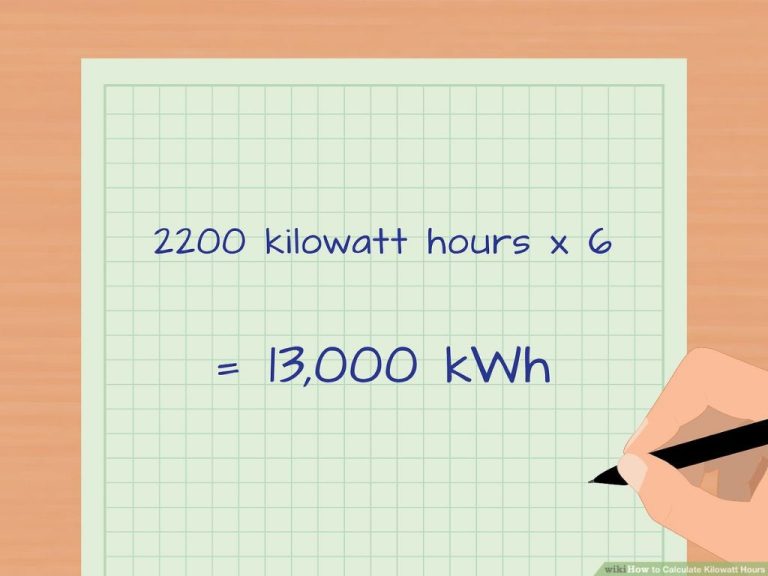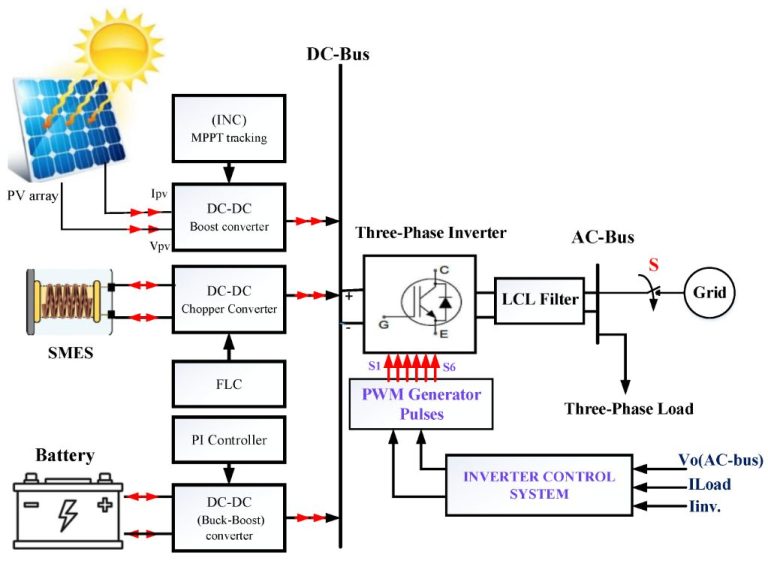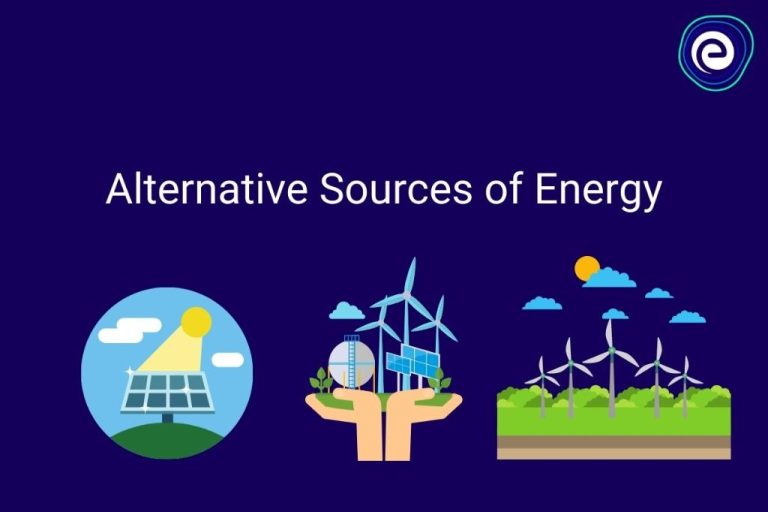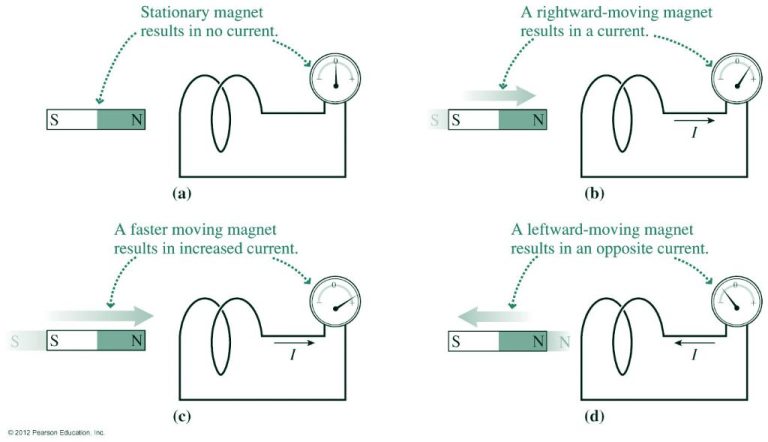Is There Such A Thing As Pure Energy?
What is Pure Energy?
Pure energy is defined as energy that consists of only one form with no other elements or impurities mixed in. For example, pure kinetic energy would involve motion only, with no thermal or potential energy. Some key types of pure energy include:
- Potential Energy – Energy that is stored and held in readiness. For example, a ball held at a height above the ground has gravitational potential energy.
- Kinetic Energy – The energy an object has due to its motion. The faster an object moves, the more kinetic energy it possesses.
- Thermal Energy – Internal energy associated with the random motion of atoms and molecules. Thermal energy involves the kinetic energy of particles that make up a material.
- Nuclear Energy – The energy stored within the nucleus of an atom, released in nuclear reactions. Nuclear energy comes from subatomic particles in the atom’s nucleus.
- Electromagnetic Energy – Energy stored in electromagnetic fields, radiated in the form of waves such as light. It arises from charged particles and changing magnetic fields.
- Gravitational Energy – The potential energy associated with gravitational force between two objects based on their mass and separation distance.
In principle, each of these types of energy can exist in a pure form. However, in practice within our universe, energy often exists as a mixture of multiple types.
Forms of Pure Energy
There are several forms of energy that are considered to be “pure” in physics and chemistry:
Thermal Energy
Thermal energy results from the kinetic energy of atoms and molecules in matter. It involves the motion of particles but does not account for any bulk motion. Thermal energy is considered a pure form of energy.
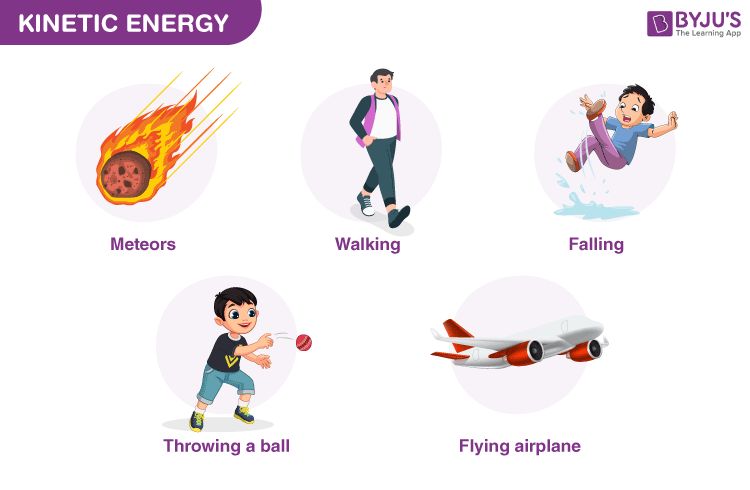
Radiant Energy
Radiant energy is the energy carried by electromagnetic radiation such as light, radio waves, gamma rays and X-rays. It can propagate through space freely without interaction. Radiant energy is one of the purest forms of energy.
Nuclear Energy
Nuclear energy comes from reactions involving atomic nuclei, either nuclear fission or fusion. Since it originates from the nucleus, nuclear energy is considered very pure.
Chemical Energy
Chemical energy is energy stored in the bonds between atoms and molecules. Chemical reactions release this energy when bonds are broken and formed. Chemical energy is considered pure energy before any reactions occur.
Impurities in Energy
When examining different forms of energy, it becomes clear that no energy in the universe exists in a completely pure state unaffected by its surroundings. All energy interacts with matter and other energies, which means no energy is 100% pure.
For example, when fuels like oil, coal and natural gas are burned to release thermal energy, the chemical energy stored in their molecular bonds is converted into heat. However, impurities and environmental factors influence how cleanly and efficiently this energy conversion occurs. Combustion produces byproducts like particulates, carbon dioxide and sulfur dioxide that can negatively impact the resulting thermal energy.
The same goes for other energy types. The potential energy stored in water behind a dam is affected by impurities that change the water’s viscosity and flow. The kinetic energy of wind is influenced by environmental factors like air temperature, pressure and obstacles in its path. Nuclear energy relies on a chain reaction where impurities and imperfections in the fuel can inhibit reactivity.
Even at the atomic level, electromagnetic and gravitational energies are impacted by the presence of other forces and particles. The intricate interactions between matter, forces and energy mean no energy process is 100% efficient or pure. While we can minimize impurities through careful engineering and design, some loss or transformation of energy is inevitable.
Overall, the connectedness of our universe prevents any energy from being completely unaffected by its surroundings. Some level of impurity is intrinsic to all energetic processes.
Potential Energy
Potential energy is the stored energy an object has due to its position or configuration. There are several types of potential energy:
- Gravitational Potential Energy – This is energy stored due to an object’s height above the ground. For example, a ball held up in the air has gravitational potential energy that can be converted to kinetic energy when it falls.
- Elastic Potential Energy – When a spring or other elastic material is compressed or stretched, it stores elastic potential energy. This energy is converted to kinetic energy when the spring returns to its original shape.
- Chemical Potential Energy – Energy stored in the chemical bonds of substances like food, fuel, and batteries. This chemical energy is released in chemical reactions.
The key aspect of potential energy is that it is stored until forces act to convert it to another form of energy. Position and composition determine the amount of potential energy in an object or system.
Kinetic Energy
Kinetic energy is the energy possessed by an object due to its motion. It is defined as the work needed to accelerate a body of a given mass from rest to its stated velocity. Having gained this energy during its acceleration, the body maintains this kinetic energy unless its speed changes. The same amount of work is done by the body when decelerating from its current speed to a state of rest.
In classical mechanics, the kinetic energy of a non-rotating object of mass m traveling at a speed v is 1⁄2mv2. In relativistic mechanics, this is only a good approximation when v is much less than the speed of light. The standard unit of kinetic energy is the joule (J).
Some examples of kinetic energy in everyday life include:
- The motion of a ball after being hit by a bat
- A bowling ball moving down the lane toward the pins
- Wind pushing on the sails of a sailboat
- Vibrating molecules in a solid object like a table
Kinetic energy can be transferred between objects and transformed into other forms of energy like potential energy. Understanding kinetic energy helps solve problems involving the movement and collisions of objects.
Thermal Energy
Thermal energy refers to the internal energy present in a substance or system due to the motion of its atoms and molecules. This atomic and molecular motion is associated with the temperature of a substance. The higher the temperature, the greater the thermal energy contained within the substance.
In physics, thermal energy is considered a ‘pure’ form of energy in the sense that it involves only the random motion of atoms and molecules, without net bulk movement of matter. Thermal energy results from the kinetic energy of microscopic particles and is transferred between objects and systems as heat. It exists even in stationary objects at non-zero temperatures.
However, no real-world thermal energy is completely ‘pure’ as there are always some impurities present that affect the behavior of the atoms and molecules to some degree. These may include defects in crystalline solids, interactions between molecules, external fields, etc. While thermal energy involves random atomic motion, in practice there are always some constraints and influences on this motion.
Overall, ideal ‘pure’ thermal energy exists in theory but is unattainable in reality due to various complexities at the atomic level. However, the purity of thermal energy depends greatly on the material and system in question, with monatomic crystalline solids providing some of the closest approximations to the ideal.
Nuclear Energy
Nuclear energy comes from the splitting (fission) or combining (fusion) of atomic nuclei. In nuclear fission, the nucleus of a heavy atom like uranium or plutonium splits into two smaller nuclei, releasing a huge amount of energy in the process. In a nuclear power plant, the fission process is used to generate electricity. Fission occurs inside the reactor of the nuclear power plant, where a neutron collides with a uranium nucleus and splits it. This splitting process produces a large amount of heat, which is used to boil water into steam that spins a turbine to generate electricity.
Nuclear fusion works in the opposite way – smaller atomic nuclei are combined to form larger nuclei, releasing energy. Fusion is the process that powers the sun and stars. Scientists are researching ways to harness fusion as a future energy source on Earth, but the technology is still in early development. The main challenge is that fusion requires tremendous heat and pressure to fuse nuclei together, which is difficult to achieve in a controlled manner for energy production. If achieved, fusion holds great promise as it could provide massive amounts of clean energy using widely available fuels like hydrogen.
Electromagnetic Energy
Electromagnetic energy refers to energy that arises from electromagnetic fields. This includes visible light, radio waves, microwaves, infrared radiation, ultraviolet radiation, X-rays, and gamma rays. Electromagnetic energy travels in waves and spans a broad spectrum from radio waves on the low frequency and long wavelength end, to gamma rays on the high frequency and short wavelength end.
Visible light that humans can see makes up only a small portion of the electromagnetic spectrum. The different colors we see correspond to different wavelengths of visible light. Red light has the longest wavelengths while violet light has the shortest wavelengths. Other parts of the electromagnetic spectrum, like X-rays, ultraviolet light, and infrared light, are invisible to human eyes but can be detected with specialized instruments.
Electromagnetic energy does not require a medium to travel through and can propagate through the vacuum of space. The sources of electromagnetic energy include vibrating electric charges and magnetic dipoles. Common examples include the heat and light emitted from stars like our sun, radio waves broadcast from radio towers, and the radiation from a typical light bulb. Electromagnetic energy can interact with matter, being absorbed, reflected, or otherwise altered on contact.
A key feature of electromagnetic energy is that it comes in discrete units called photons. Each photon contains a specific quantity or “packet” of electromagnetic energy. The energy of an individual photon depends on its frequency/wavelength, with higher frequency photons packing more energy. This particle nature of light is a fundamental concept in quantum theory.
Gravitational Energy
Gravitational energy is the potential energy stored in an object due to its position within a gravitational field. On Earth, gravitational energy comes from height – the higher an object is above the ground, the more potential energy it possesses. This is because the object has the potential to fall towards the Earth and accelerate due to gravity. The more massive an object is and the higher it is lifted against gravity, the more gravitational potential energy it will store.
Gravitational energy is directly related to mass and indirectly related to the distance between two objects. The further away two massive objects are from each other, the less gravitational pull they exert on one another. Bringing two massive objects closer together increases the gravitational attraction between them. According to Einstein’s theory of general relativity, massive objects cause distortions in the curvature of spacetime. The presence of mass leads to the curved spacetime we perceive as gravity. The greater the mass of an object, the more spacetime curves around it.
Gravitational energy plays a key role in keeping planets in orbit around stars and moons orbiting planets. The gravity between the Earth and Sun provides the centripetal force needed for the Earth to follow a curved orbital path around the Sun instead of traveling off in a straight line. Gravitational energy is continuously converted to kinetic energy as gravity accelerates objects in free fall towards each other. Understanding gravitational energy gives insight into astrophysics, rocket launches, satellite orbits and more.
Is Pure Energy Possible?
Based on the different forms of energy we’ve explored, it seems unlikely that purely isolated energy can exist in nature. All energy intrinsically has some interaction with matter and other forces. Even electromagnetic energy, which can travel freely through space, is influenced by gravity and interacts with charged particles. Pure energy with no external influences is more of a theoretical concept than a real phenomenon.
That being said, we can get close to pure energy in certain controlled conditions. Laser light and particle accelerators like the Large Hadron Collider produce focused beams of particles and radiation that come very near to being pure kinetic energy. Nuclear reactions also unleash enormous amounts of relatively unadulterated thermal and electromagnetic energy. But ultimately, there will always be some interaction on a subatomic scale.
In summary, pure energy does not seem physically possible given what we know about physics. But we can produce extremely concentrated and intense forms of energy that exhibit high degrees of purity. The notion of pure energy is useful as an ideal to strive toward, even if not perfectly achievable in reality.

